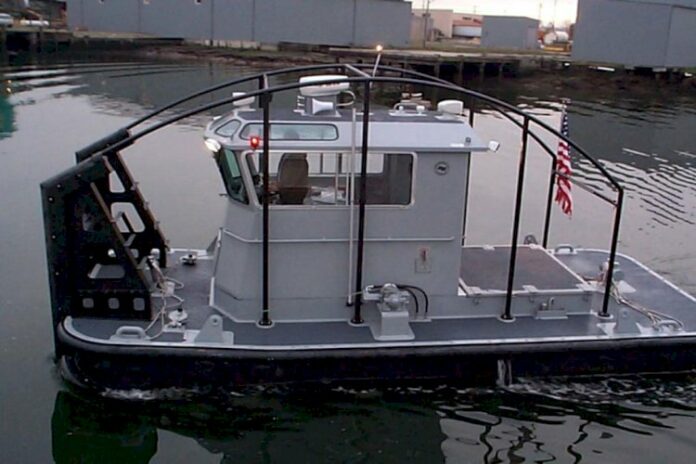SCHOTTEL has again secured several orders to provide propulsion systems for U.S. Navy vessels. This additional order of five Workboat Docking vessels and two YTL tugs – all of which are to be built at the Modutech Marine Inc. yard in Tacoma, Washington – represents a continuation of the strong relationship between the parties.
On the heels of several projects for different navies around the world, one of the largest navies is once again placing its trust in the long-standing know-how of the German propulsion expert.
Brian Swindahl, CEO of Modutech Marine, explains the success of the partnership as follows:
“SCHOTTEL’s quality products combined with their excellent US-based sales and new construction management, allow us as shipyard to focus on building the vessel in time and on budget for the U.S. Navy.”
Dan Shimooka, U.S. Navy:
“The SCHOTTEL SRP installed on the Navy’s existing YT 802 Class harbour tugboats have performed well and have proven to be reliable in service. SCHOTTEL has also provided good service and support for the thrusters. Therefore, we are looking forward to working with Modutech Marine and SCHOTTEL on the new YTL 815 Class tugs.”
The main propulsion for each Workboat Docking vessel consists of a SCHOTTEL SRP 150 azimuthing unit with fixed pitch propellers with a diameter of 1.05 m and an input power of 335 kW. These are driven by diesel engines. The rudderpropellers will be equipped with the new high-efficiency nozzle SDC40, which combines compact design and high propulsion efficiency.
Each of the Robert Allan designed YTL tugs will be propelled by two SCHOTTEL Rudderpropellers type SRP 270 FP with a propeller diameter of 1.85 m and an input power of 970 kW. They will be powered by diesel engines. With this propulsion system, the vessels achieve a free running speed of approximately 10 knots and an expected bollard pull of 32.7 tonnes.
The design for the U.S. Navy will also include updates to suit new EPA Tier 4 engines and associated systems while also featuring extensive fendering above and below the waterline to handle U.S. Navy surface ships, submarines and barges. The 19.2 m long and 9.4 m wide tugs are essentially configured as “day-boats”. Nevertheless, they also provide accommodation for a crew of up to four persons.
Construction of the lead tug is to commence in 2020.



